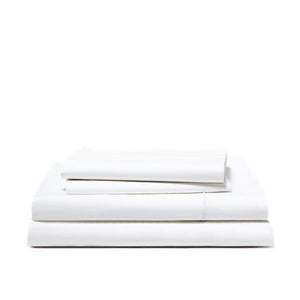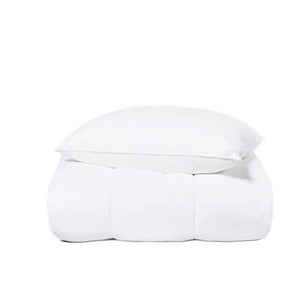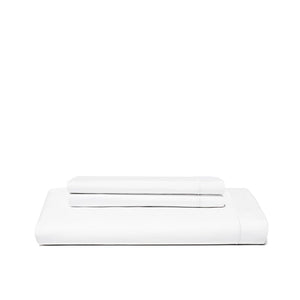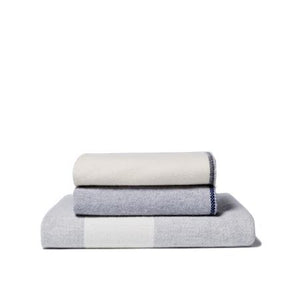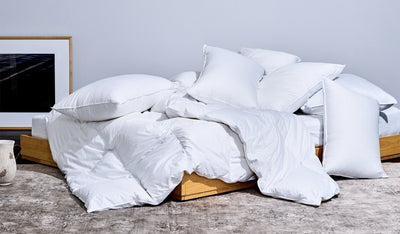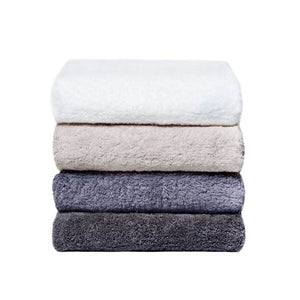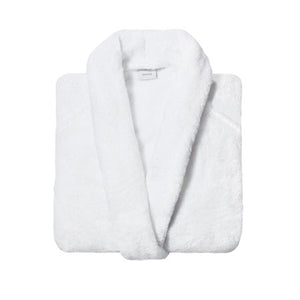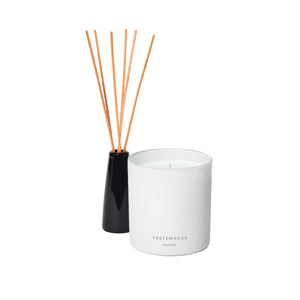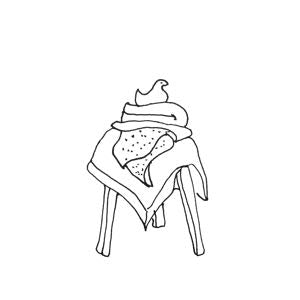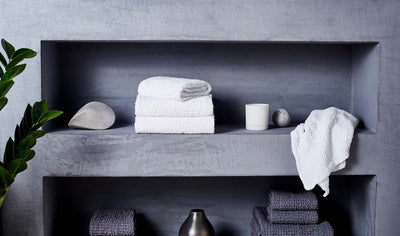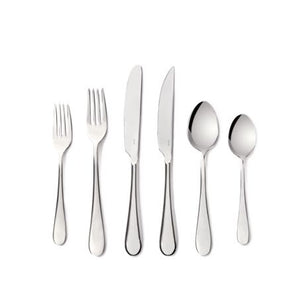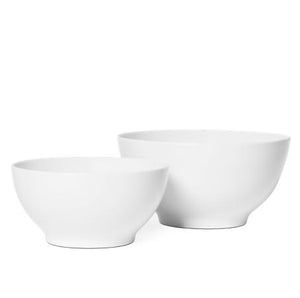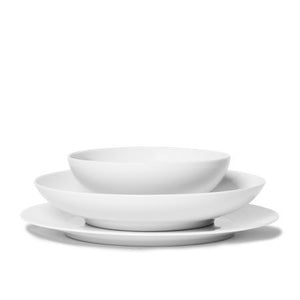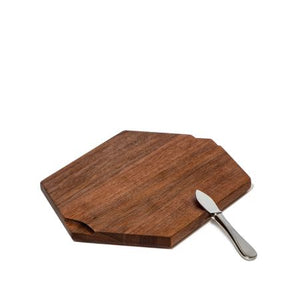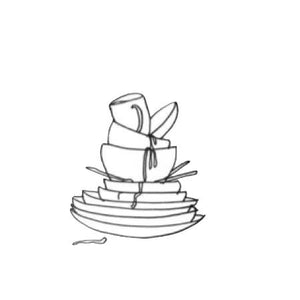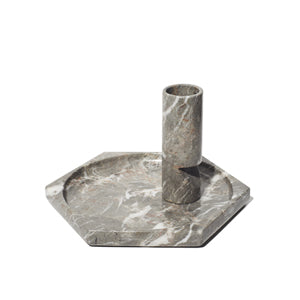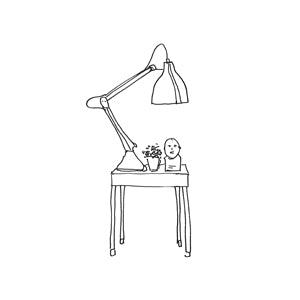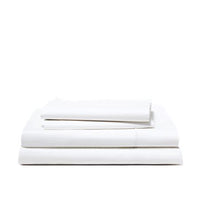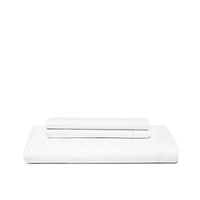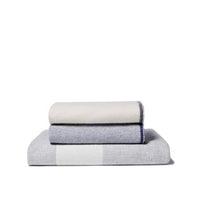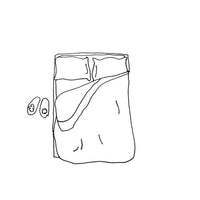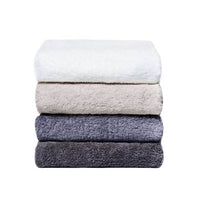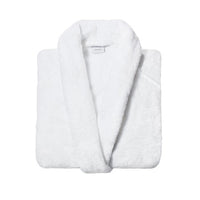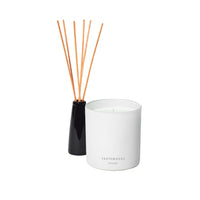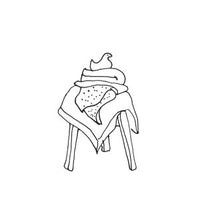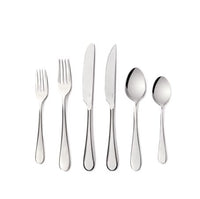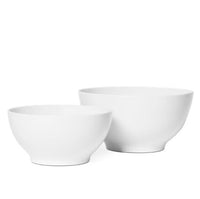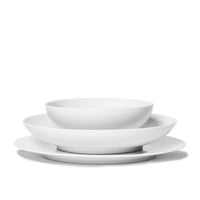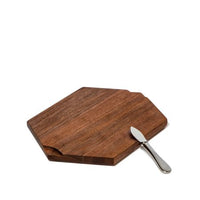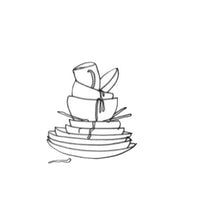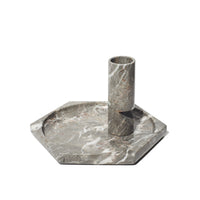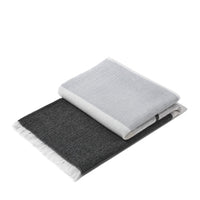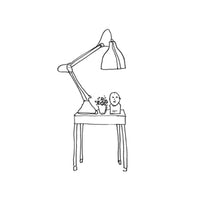Choosing the right bedding is essential for creating a comfortable and stylish bedroom. A duvet cover is popular because it offers versatility and can easily be changed to match your decor. But what goes inside a duvet cover? The key component is a duvet insert, comforter, or down comforter.

A duvet insert is a thick, fluffy blanket designed to provide warmth and comfort while adding a decorative element to your bedding. When selecting a duvet insert, consider material, design, and size to ensure it meets your needs and preferences. Down inserts are lightweight and offer excellent insulation, while synthetic options are available for those with allergies or who prefer a vegan option.
The design and size of the duvet insert should be chosen based on your personal preferences and the dimensions of your bed. To explore a wide range of luxurious bedding options, visit Snowe Home, check out our collections, and find the perfect duvet insert for your home.
Understanding Duvet Covers

Defining a Duvet Cover
A duvet cover is a protective sleeve that fits over a duvet insert, typically filled with down or down-alternative fibers. It helps keep the duvet clean and protected from wear and tear while allowing you to change the look of your bedding easily. Duvet covers come in various materials, including cotton, flannel, and silk, each offering unique benefits.
They are usually closed with buttons, zippers, or ties to keep the duvet insert in place. The opening of the duvet cover is generally located at the bottom of the cover, although some covers may have openings on the side or at the top.
Comparing Duvet and Comforter
The key difference between a duvet and a comforter is that a comforter acts alone on a bed, while a duvet is a two-part system that includes a duvet insert (a comforter) and a duvet cover. Using a duvet cover allows you to change the look of your bedding frequently and is typically easier to clean than a comforter. While comforters may need to be completely washed, duvet covers can be removed and washed separately, making it easier to keep your bedding clean and fresh.
Regarding warmth, duvets and comforters can provide similar insulation levels, depending on the fill material and weight. However, duvets offer more flexibility, as you can easily switch out the duvet insert for a lighter or heavier one, depending on the season.
Selecting the Right Duvet Cover

When selecting the right duvet cover, there are several factors to consider.
This section will discuss the materials and fabrics, sizing and fit, and design and style of duvet covers.
Materials and Fabrics
The material and fabric of a duvet cover can greatly impact its comfort and durability.
- Cotton is a popular choice for duvet covers as it is breathable and easy to care for.
- Linen is another option that is known for its durability and luxurious feel.
- Silk is a high-end option that is soft and hypoallergenic but may require special care. Polyester and wool are also options to consider.
When selecting a duvet cover material, consider factors such as breathability, hypoallergenic properties, and overall comfort.
Sizing and Fit
It is crucial to select the right size duvet cover for your duvet insert and mattress. Duvet covers come in various sizes, including Twin, Full/Queen, and King/California King. Choose a duvet cover one size larger than your insert for a good fit. Ensure it has a good closure for easy insert removal and fits well on your mattress.
Design and Style
Duvet covers come in various designs and styles, from solid colors to intricate patterns and prints. Consider the aesthetics of your bedroom decor and choose a design that complements it. Solid colors create a calming and cohesive look, while patterns and prints add visual interest and personality.
Filling and Comfort

When filling your duvet cover, there are a few things to consider to ensure maximum comfort.
Choosing the right filling is crucial to achieving the desired level of warmth and fluffiness. Maintaining temperature and comfort is also essential for a good night's sleep.
Choosing the Right Filling
The most common fillings for duvet covers are down feathers and synthetic fibers.
- Down is made from the soft feathers found underneath the outer feathers of ducks or geese. It provides excellent insulation and breathability, making it a popular choice for those in colder climates.
- Feathers, on the other hand, are heavier and denser than down, providing a more substantial feel.
- Synthetic fibers like polyester are a great alternative to down for those who prefer a hypoallergenic option.
When choosing a filling, consider fill power, fluffiness, and insulation. Fill power refers to the space one ounce of filling occupies. Higher fill power means fluffier and more insulating duvets.
Maintaining Temperature and Comfort
Maintaining temperature and comfort is essential for a good night's sleep. In warm weather, a lighter duvet or a comforter may be better than a heavy duvet. A duvet insert with a lower thread count is ideal for warm weather, as it is lightweight and breathable. To maintain temperature and comfort, consider using a duvet cover. A duvet cover protects the duvet insert, keeping it clean and extending its lifespan. It also allows you to change the look of your bedding without replacing the duvet insert.
Care and Maintenance

Cleaning and Washing
Taking care of your duvet cover is important to ensure it lasts a long time and looks new.
Most duvet covers are machine washable, but it's important to check the care label for specific washing instructions. Use a gentle cycle with cool or warm water and a mild detergent if your duvet cover is machine washable. Avoid using bleach or fabric softeners, as they can damage the fibers and reduce the lifespan of your duvet cover. If your duvet cover has stains, treat them with a stain remover before washing. Avoid using hot water as it can set the stain. Instead, use cool or warm water and follow the care label instructions. If your duvet cover is made of delicate fabric, consider hand washing it instead of machine washing.
After washing, hang your duvet cover to dry or tumble dry on low heat. Avoid over-drying as it can damage the fibers and cause wrinkles.
Protecting Your Duvet
In addition to cleaning your duvet cover, it's important to protect your duvet from stains, moisture, and dust mites. One way to do this is by using a protective layer like a duvet cover. Duvet covers protect your duvet from stains and moisture and provide an extra layer of warmth and comfort. If you suffer from allergies, consider using a duvet cover that is hypoallergenic and dust-mite resistant. This can help reduce the symptoms of allergies and ensure a good night's sleep.
To further protect your duvet, avoid eating or drinking in bed and keep pets off the bed. If your duvet does get stained or soiled, spot-clean it as soon as possible to prevent the stain from setting.
Installation and Use

Inserting the Duvet
Putting on a duvet cover can be tricky, but you can easily get the job done with a few tips and tricks.
- First, turn your duvet cover inside out and lay it flat on your bed.
- Next, place your duvet insert on top of the inside-out duvet cover, ensuring that all sides and corners are aligned.
- If your duvet cover has corner ties, secure the corners to the corner tags of the insert. This will help keep the insert in place and prevent it from shifting around inside the cover.
- If your duvet cover doesn't have corner ties, you can use loops or tabs on the inside to secure the corners of the duvet insert.
- Once the corners are secured, begin rolling the duvet cover and insert together like a burrito.
- As you roll, ensure the duvet insert is pulled inside the cover. Once you've reached the end of the roll, go inside, grab the corners of the duvet cover, and pull them over the ends of the duvet insert.
Securing for Comfort
To ensure maximum comfort and warmth, properly securing your duvet cover is important. If your duvet cover has ties or loops on the inside, tie them together to prevent the duvet insert from shifting around inside the cover. If your duvet cover doesn't have ties or loops, you can use interior ties or corner ties on the duvet insert to keep it in place. Once you've secured the duvet insert, give the cover a good shake to help the insert settle into place. Smooth any wrinkles or bumps to ensure the duvet insert is evenly distributed throughout the cover.
Conclusion
Selecting the right duvet cover and insert is crucial for creating a comfortable and stylish bedroom. A well-chosen duvet cover protects your duvet insert and allows you to easily change the look of your bedding. Understanding the different materials, sizes, and designs will help you make an informed decision that suits your preferences and lifestyle. Also, proper care and maintenance will ensure your duvet cover remains in excellent condition for years.
Visit Snowe Home for more information and to explore our luxurious bedding collections. Enhance your sleep experience with our high-quality duvet covers and inserts, and buy now for ultimate comfort and style!
Frequently Asked Questions
Can you use a duvet cover without an insert?
Yes, you can use a duvet cover without an insert, but it won't provide the same warmth and comfort as when it's filled. A duvet cover without an insert can be a lightweight bedspread or decorative cover.
What is the blanket inside a duvet cover called?
The blanket inside a duvet cover is called a duvet insert or a duvet. It is typically filled with down, feathers, or synthetic materials and provides warmth and comfort when placed inside the duvet cover.
What is the purpose of a duvet cover?
TA duvet covers to protect the duvet insert from dirt, dust, and wear. They also add a decorative element to your bedding, allowing you to easily change your bed's look. Additionally, duvet covers are easy to remove and wash, making them practical for maintaining cleanliness.
What should my duvet be filled with?
Your duvet can be filled with various materials, including down, feathers, synthetic fibers, or wool. The choice of filling depends on your preference for warmth, weight, and hypoallergenic properties. Down and feathers offer excellent insulation, while synthetic fibers are often more affordable and hypoallergenic. Wool provides natural temperature regulation and moisture-wicking properties.
